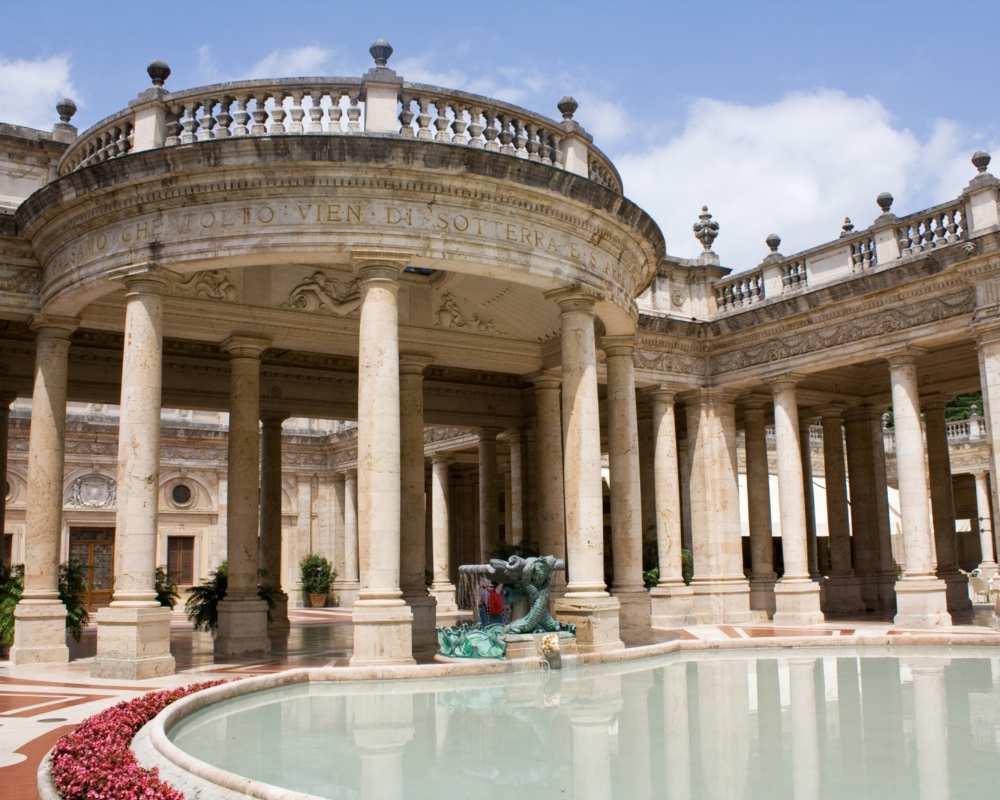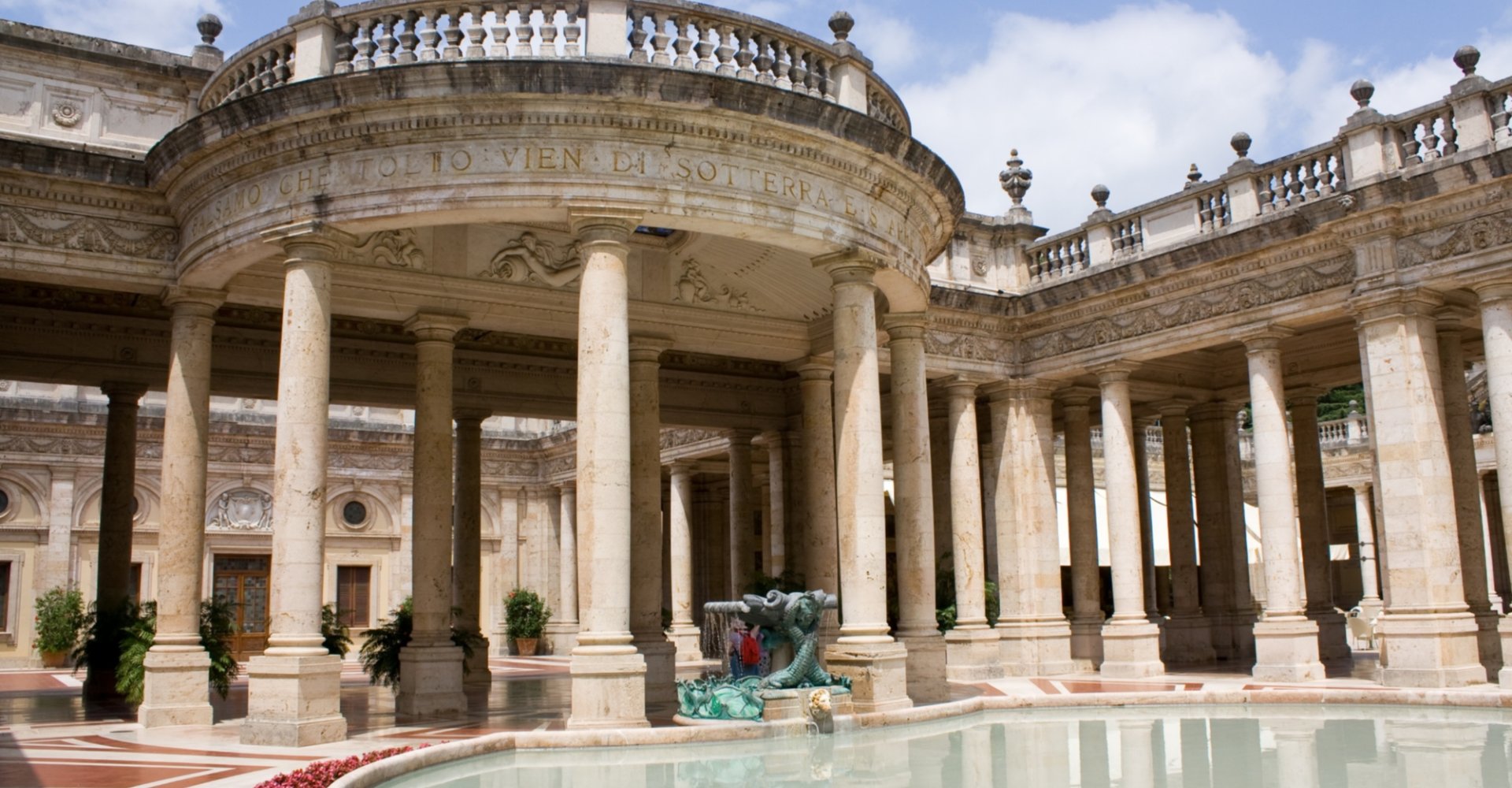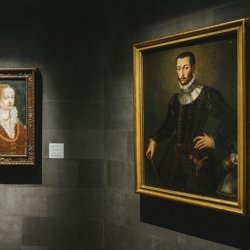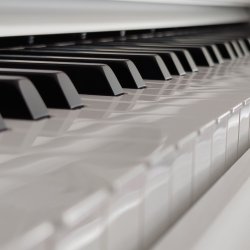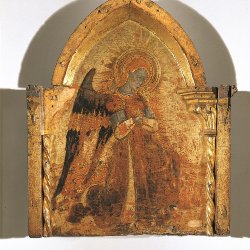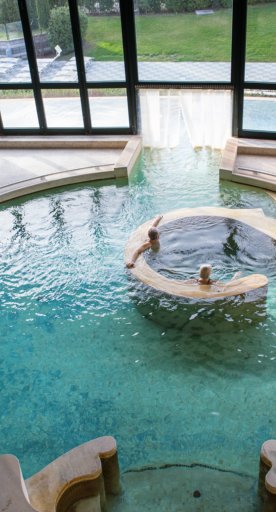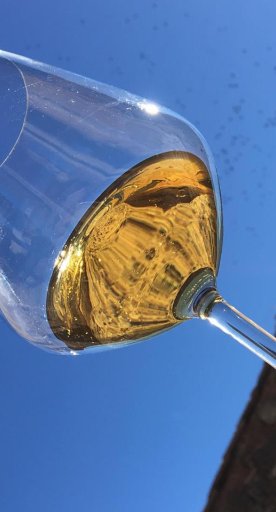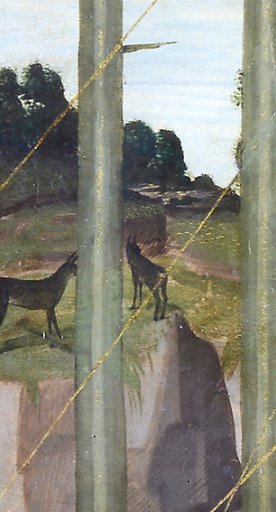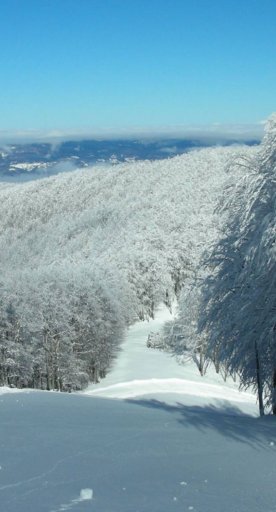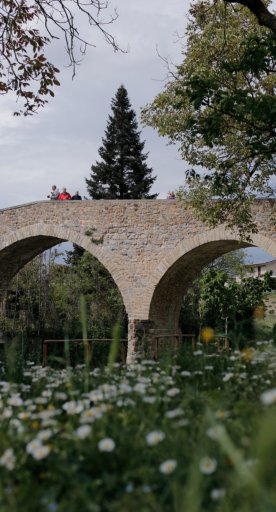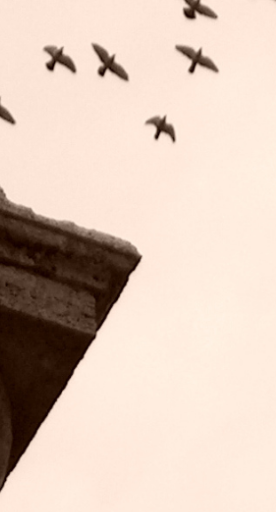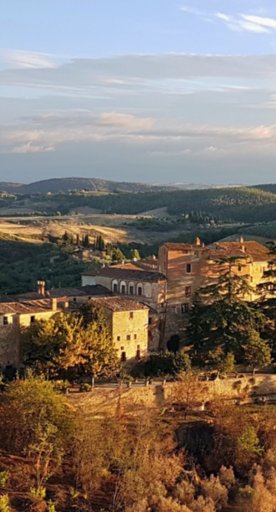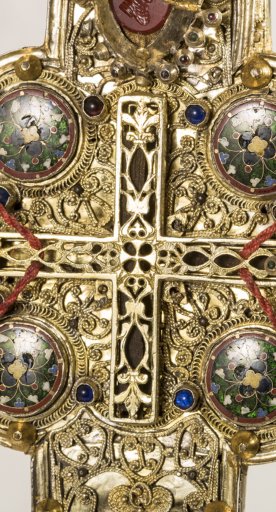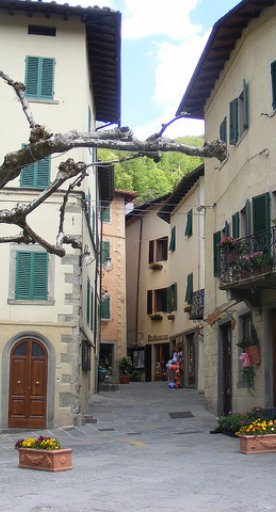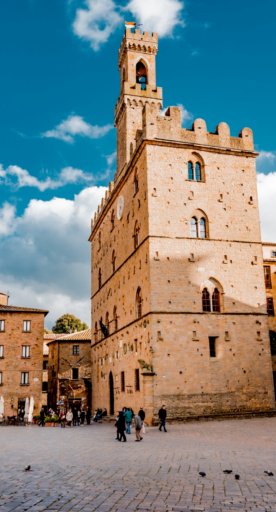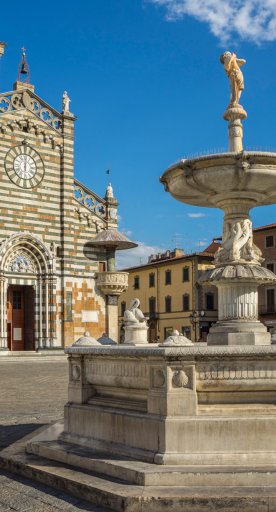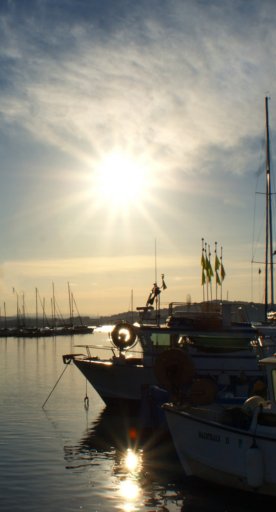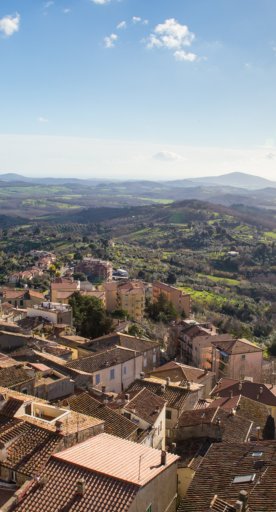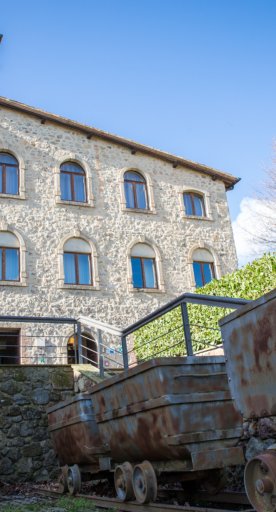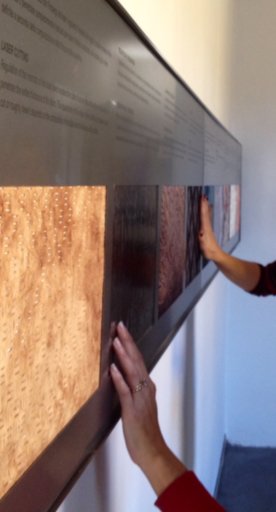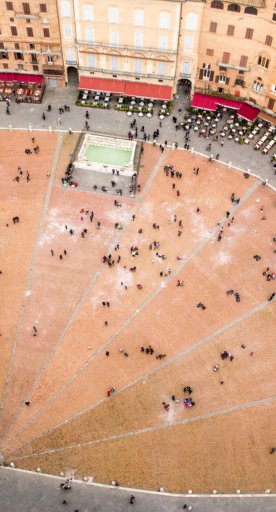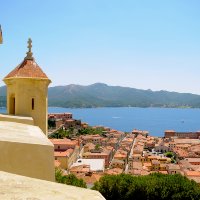Liberty style or Art Nouveau all around Tuscany
Florence, Montecatini Terme, Lucca and Viareggio are the main Tuscan towns to admire some stunning Liberty architectures
Here's an off-the-beaten-track idea to explore Tuscany following the traces of the beautiful examples of Liberty style - also known as Art Nouveau - architecture: private houses, stores, and public buildings in Florence, Lucca, Montecatini Terme, and Viareggio.
Liberty flourished from 1880 to 1930, but with a particular intensity in the first two decades of the 20th century. In Florence and Lucca, this style can be mostly found in private homes, like small villas (villino), sometimes in residential areas just outside the city walls. Viareggio and Montecatini Terme had their heydays at the right time and now have many Art Nouveau buildings in their main streets, from spas to hotels.
-
1.Liberty in Florence
-
2.Liberty in Lucca
-
3.Liberty in Versilia
-
4.Liberty in Montecatini Terme
Liberty in Florence
In the city centre there are Liberty details to be spotted among the buildings of Piazza della Repubblica, like the Giubbe Rosse cafè and the colonnade of the old cafè Gambrinus (now hosting the Hard Rock Cafè).
In Borgo Ognissanti don't miss the Casa-galleria Vichi.
The Stibbert Museum and the surrounding garden are characterized by eclectic style and the same curiosity for the exotic, with pavilions, statues, fake ruins and a small Egyptian temple.
It's also possible to follow an itinerary, by foot or by bus, and discover three houses, a greenhouse in a garden and an unusual church.
Starting from the central station, towards Viale Milton, we find the colourful Orthodox Russian Church, built 1899-1903 from plans of russian architect Michele Preobrangensky and carried out by Florentines Boccini and Paciarelli.
Across the Mugnone stream, on via XX Settembre, there is a not too over-the-top house. Continuing in the direction of Porta Rossa we reach the Horticulture Garden: the garden's tepidarium - a glass greenhouse - was built for the first national Horticultural Exhibition in 1880 on a plan by Giacomo Roster.
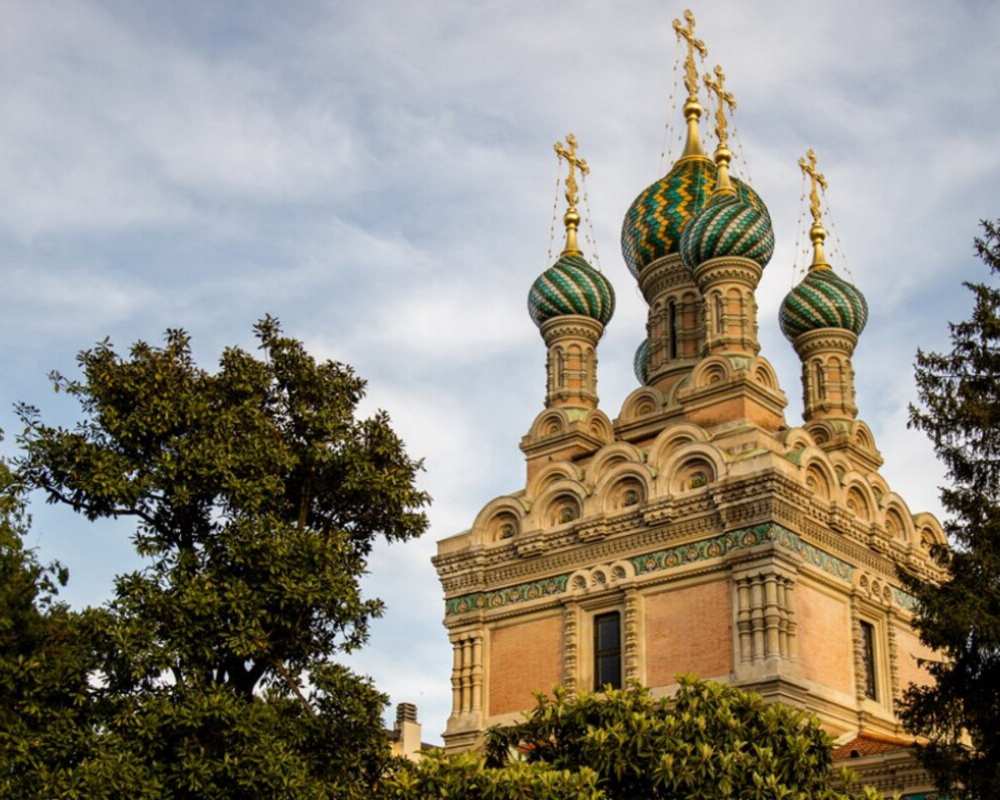
Crossing piazza Libertà and heading to piazza Savonarola, there is Villa Ciuti: a small house built around 1910, tucked in on the left on Via dei della Robbia.
Two houses on via Scipione Ammirato - Villino Ravazzini and the Broggi-Caraceni home - are by Giovanni Michelazzi, who loved ornamental whims and was the most influential figure in Florentine Liberty architecture. Te Broggi-Caraceni building is trimmed with green majolica garlands that are considered highly original and unique. Here and elsewhere Michelazzi often used ceramics and wrought iron by Galileo Chini-a polihedral artist, owner of the small factory L’Arte della Ceramica in Florence and one of the main protagonists of italian Liberty.
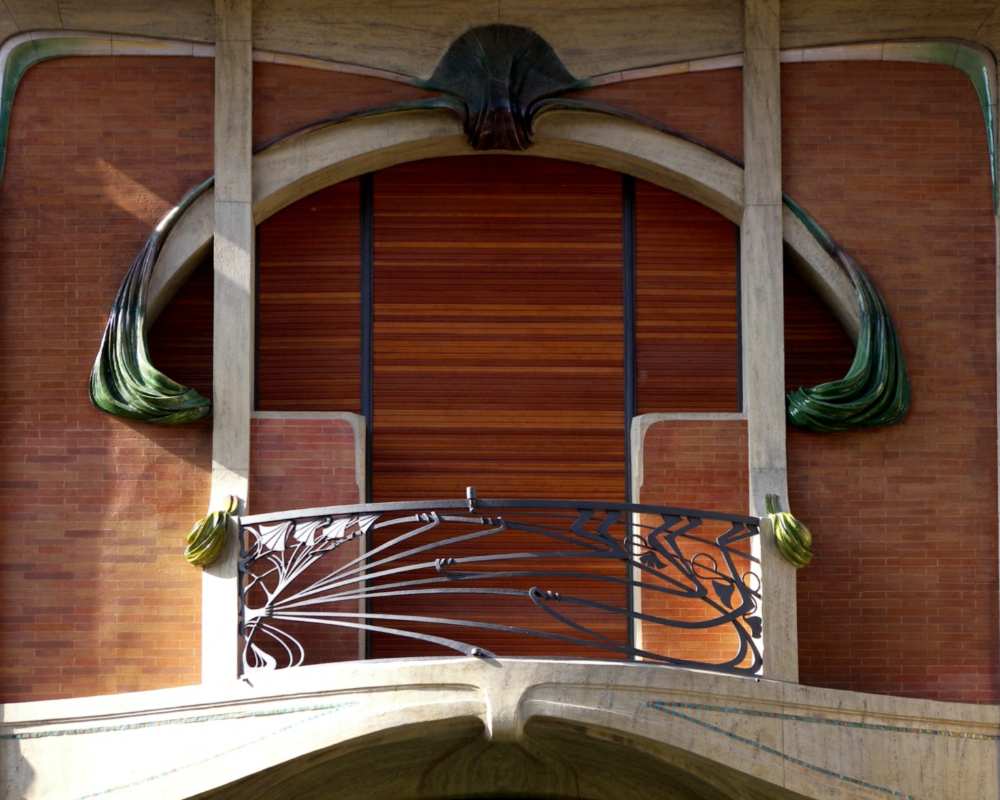
Liberty in Lucca
Lucca's historic center is a tight medieval maze, though they did managed to add some Liberty buildings inside the walls.
The best examples are a number of stores on via Fillungo, including that of Oreficeria Pellegrini, a jewelry store with a big bronze mask above the entrance door.
Outside the city walls, taking the exit closest to the Duomo, are the wide streets that circumnavigate the town. Here, on Viale Giusti, there are four liberty villas, and even more continuing along the outside of the city walls towards and beyond the train station, on Via Cavour and Via Carducci.
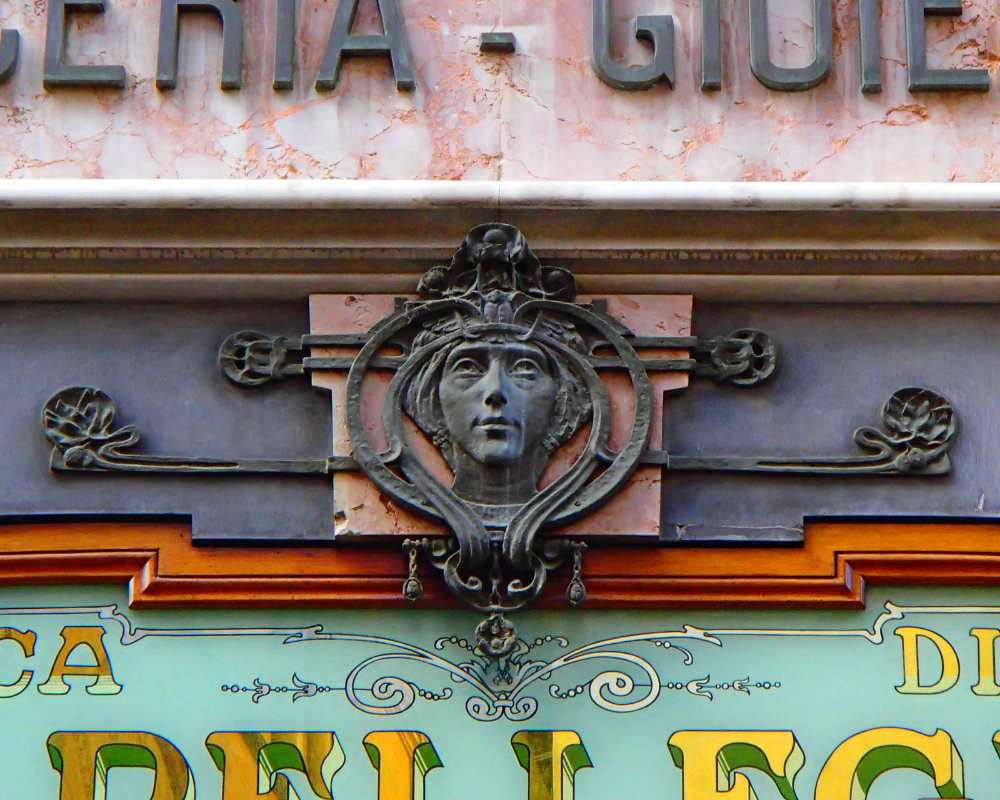
Liberty in Versilia
With its long white, fine sand beaches and the cool pinewoods of the coast, Versilia has been, since the early 1900’s, the favourite holiday destination of aristocracy, who built liberty villas all along the coast.
Along Viareggio seaside there are the Grand Caffè Margherita, the Balena bathhouse, the Caffè Concerto Eden and several others buildings trimmed with enamels, lacquers and ceramics typical from ‘20s and ‘30s.
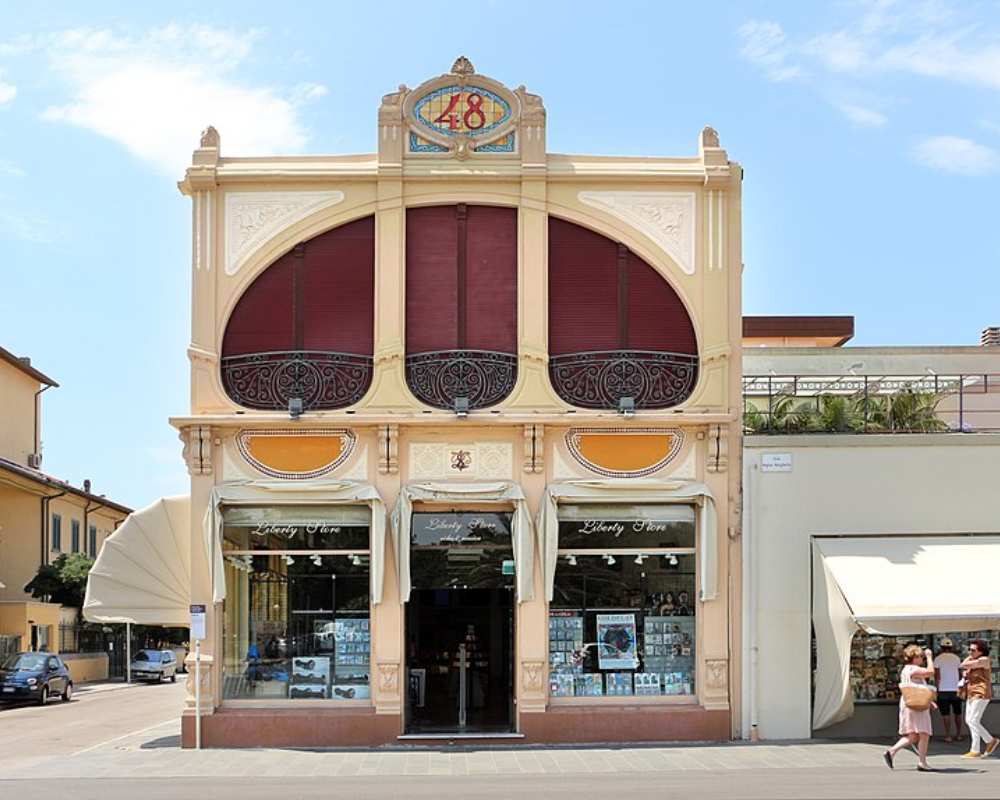
Galileo Chini, who had lived in Bangkok, gave an important contribute adding an oriental touch to the rooms and the walls of the already luxurious palaces of Viareggio. Today many of these buildings house fancy hotels but they still keep intact their vintage details.
In Lido Di Camaiore we find the holiday house of Galileo Chini in perfect liberty stile, with the original paintings and frescoes preserved in an art gallery dedicated to the painter.
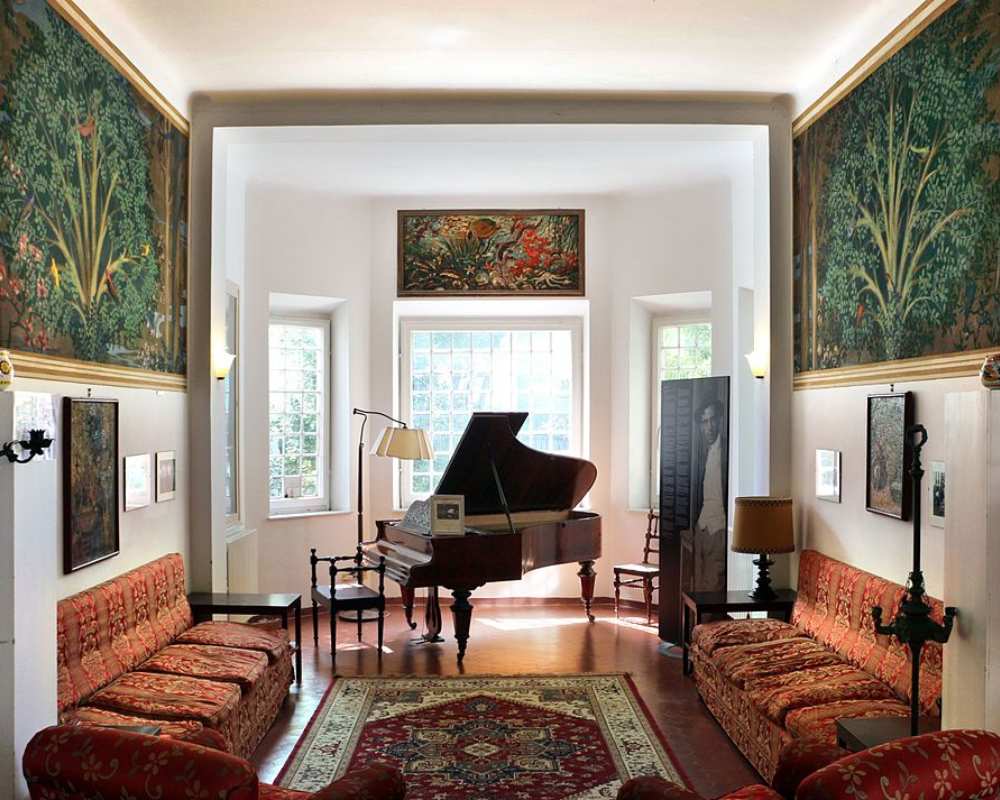
Liberty in Montecatini Terme
Art Nouveau characterizes also the city of Montecatini Terme, with ornaments like nature and neoclassical concepts. Here we find examples of Liberty art inside the Gran Hotel & La Pace: the frescoes of the banquet hall, the large windows of the old entrance and the frieze in maiolica above the new entrance.
Not far from this hotel is the Palazzina del Sale, built in 1903 in order to sell tamarisk salts, decorated with frescoes by Galileo Chini. Another masterwork in Liberty style is Terme Tamerici inside: floors, walls and the tea room are adorned with maiolicas.
But the real symbol of Liberty art in Montecatini Terme are the Tettuccio Thermal Baths which took the shape of a temple. The frescoes inside the building are by Gallielo Chini, Basilio Cascella, Sirio Tofanari and Ezio Giovanozzi.
